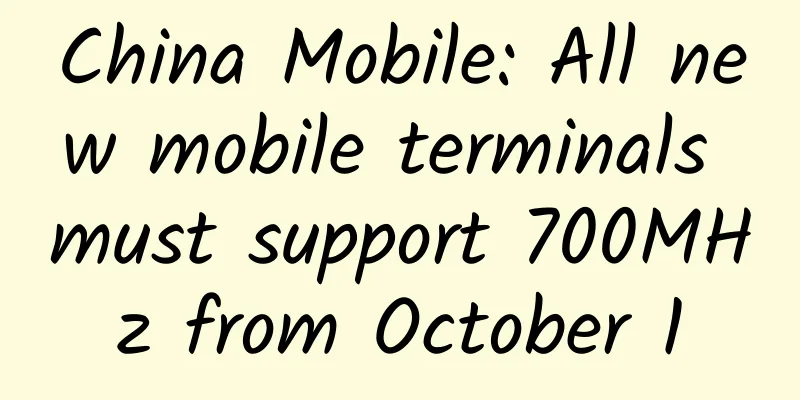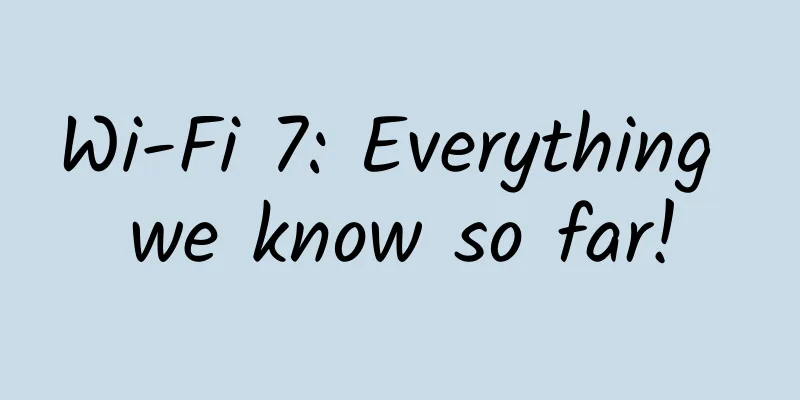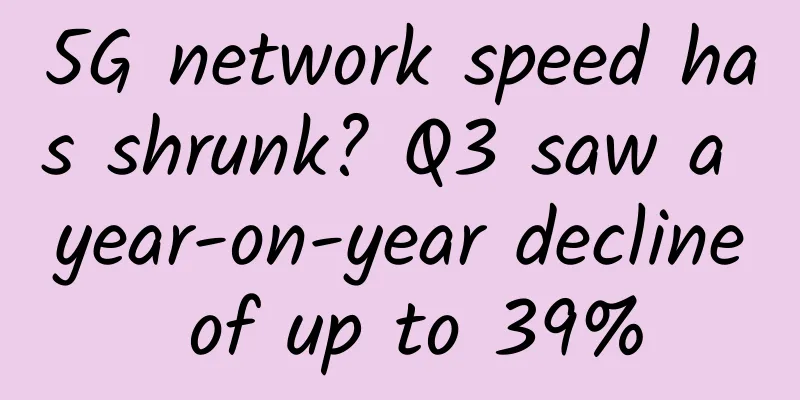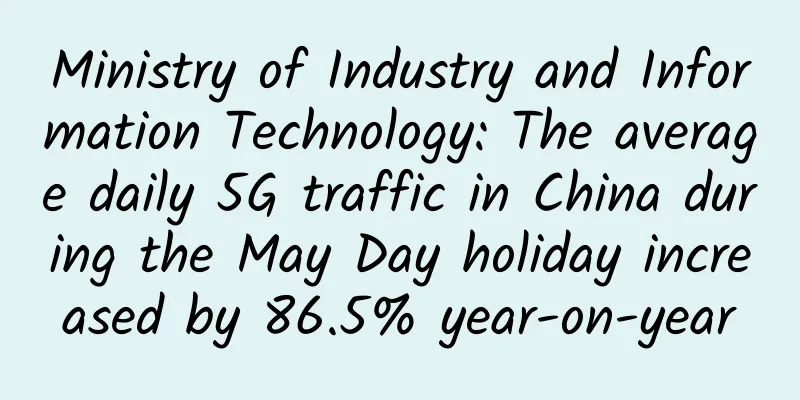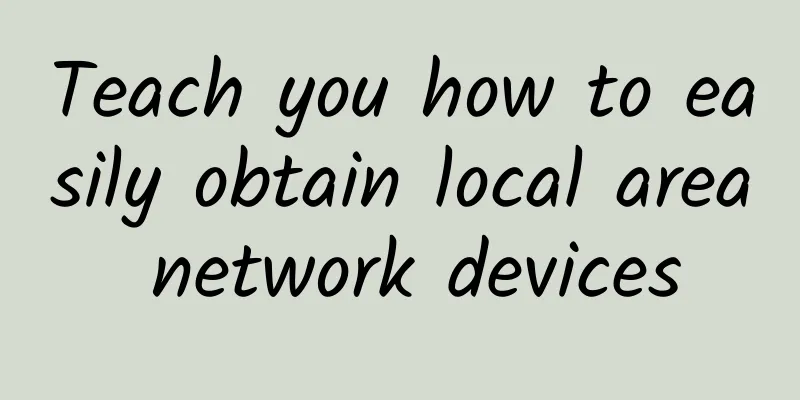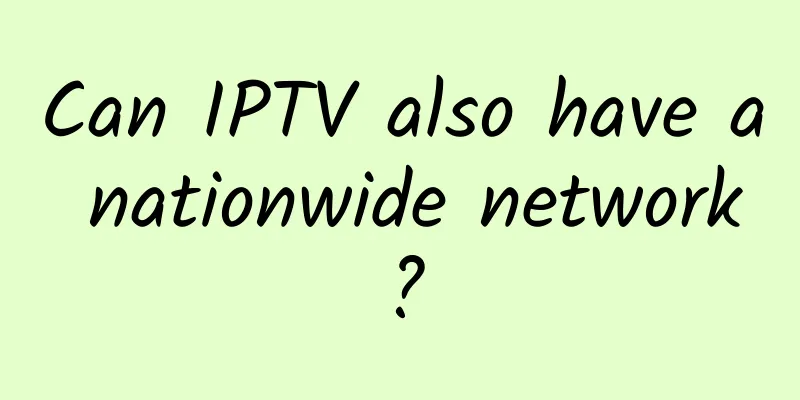This is the best answer I have ever heard about "TCP's three-way handshake and four-way breakup"

|
When it comes to TCP connection establishment and disconnection, people often talk about "three-way handshake" and "four-way wave", which have become familiar terms for network engineers. Today, we will delve deeper into this topic and reveal the mechanisms behind the TCP protocol, allowing us to better understand the nature of network communication. 1. What is TCP protocol?TCP (Transmission Control Protocol) is a transport layer protocol commonly used in computer networks. It is responsible for reliably transmitting data on the network. TCP is a connection-oriented protocol that establishes a reliable connection between the two ends of communication to ensure the integrity and order of data. TCP is often used in applications that require high data integrity, such as file transfer, email transmission, and web browsing. It is one of the most widely used transmission protocols on the Internet. Together with IP (Internet Protocol), it forms the TCP/IP protocol stack, providing a reliable foundation for network communications. 2. Why does TCP need a three-way handshake and a detailed explanation of the principle?The main purpose of TCP's three-way handshake is to ensure that both ends of the communication (client and server) can work normally and establish a reliable connection. This process involves three stages of communication, the specific principles are as follows: In general, the three-way handshake ensures that both parties can conduct two-way communication before the connection is established, reducing connection problems caused by network instability or other reasons. This design makes the TCP protocol more reliable. 3. Why does TCP have four breakups and what is the principle?The four breakups in the TCP protocol are to ensure that when the connection is disconnected, both parties can complete the exchange of data that has not yet been transmitted, thereby avoiding data loss or incompleteness. The principle of four waves involves the following steps: In general, the four-wave mechanism of the TCP protocol ensures the reliability of the connection when it is closed, ensuring that both parties have enough time and opportunity to complete the exchange of data that has not yet been transmitted. This design makes the TCP protocol more robust during connection disconnection. 4. What is the difference between TCP and UDP?TCP (Transmission Control Protocol) and UDP (User Datagram Protocol) are two commonly used transport layer protocols in computer networks. They have some key differences: In general, TCP and UDP have different design goals and are suitable for different application scenarios. TCP focuses on data integrity and reliability and is suitable for scenarios with high requirements on data integrity, such as file transmission. UDP focuses on real-time performance and is suitable for scenarios with high requirements on real-time performance, such as audio and video transmission. By gaining an in-depth understanding of TCP's three-way handshake and four-way breakup, we can better understand the principles of connection establishment and disconnection in network communications, providing a foundation for more efficient network applications and maintenance. In the world of the Internet, these details of handshakes and waves are the key to ensuring smooth communication. |
<<: Goodbye, Citrix! Domestic cloud desktop players reshuffle, who can eat more cake?
Recommend
Seamless mobile connectivity is key to digitalization in healthcare
[[373455]] The widespread problem of unreliable c...
Cisco releases AI Readiness Index: What is the current status of AI readiness among Chinese companies?
In 2023 , AIGC has created a huge wave in the fie...
How to meet the new challenges of data center facility operation and maintenance in the new era?
Data Center of the New Era Data centers have only...
How wireless mesh networking technology can power smart buildings
Smart buildings are becoming increasingly importa...
Changchun Municipal Government Signs Strategic Cooperation Agreement with Huawei Cloud Computing Data Center
On the afternoon of March 31, the Changchun Munic...
How IoT, 5G, and NFV will impact data center infrastructure
As we all know, mobile data traffic is growing ex...
DiyVM: 50 yuan/month - 2GB/50GB/10M/Hong Kong CN2/US CN2/Osaka, Japan optional
How about DiyVM? The Chinese host provider was es...
A 20,000-word in-depth introduction to distributed systems
WeTest Introduction We often hear about how aweso...
HTTPS is a network communication protocol that protects data transmission security
HTTPS Introduction to HTTPS HTTPS (Hypertext Tran...
Hosteons: $8.99/month Hybrid Servers-dual core, 8GB memory, 100GB NVMe, 30TB/10Gbps, Salt Lake City data center
Hosteons has recently started to experiment with ...
Correctly understand the wrong ideas in RS-485 wiring process
[[185474]] RS485 bus is widely used in video surv...
Will Wi-Fi cost more than 5G connections?
This seems to subvert common sense! Recently, Eri...
[Black Friday] Summary: Yunding Internet/Megahertz Cloud/Fluorescent Cloud/Journey Cloud
The blog has received some emails from merchants ...
Kai-Fu Lee: Under what conditions will artificial intelligence surpass humans?
[51CTO.com original article] In recent years, art...
New breakthrough in 5G technology: The cost of millimeter wave equipment has been greatly reduced, and antennas can be directly "printed"
Researchers at Georgia Institute of Technology, N...
